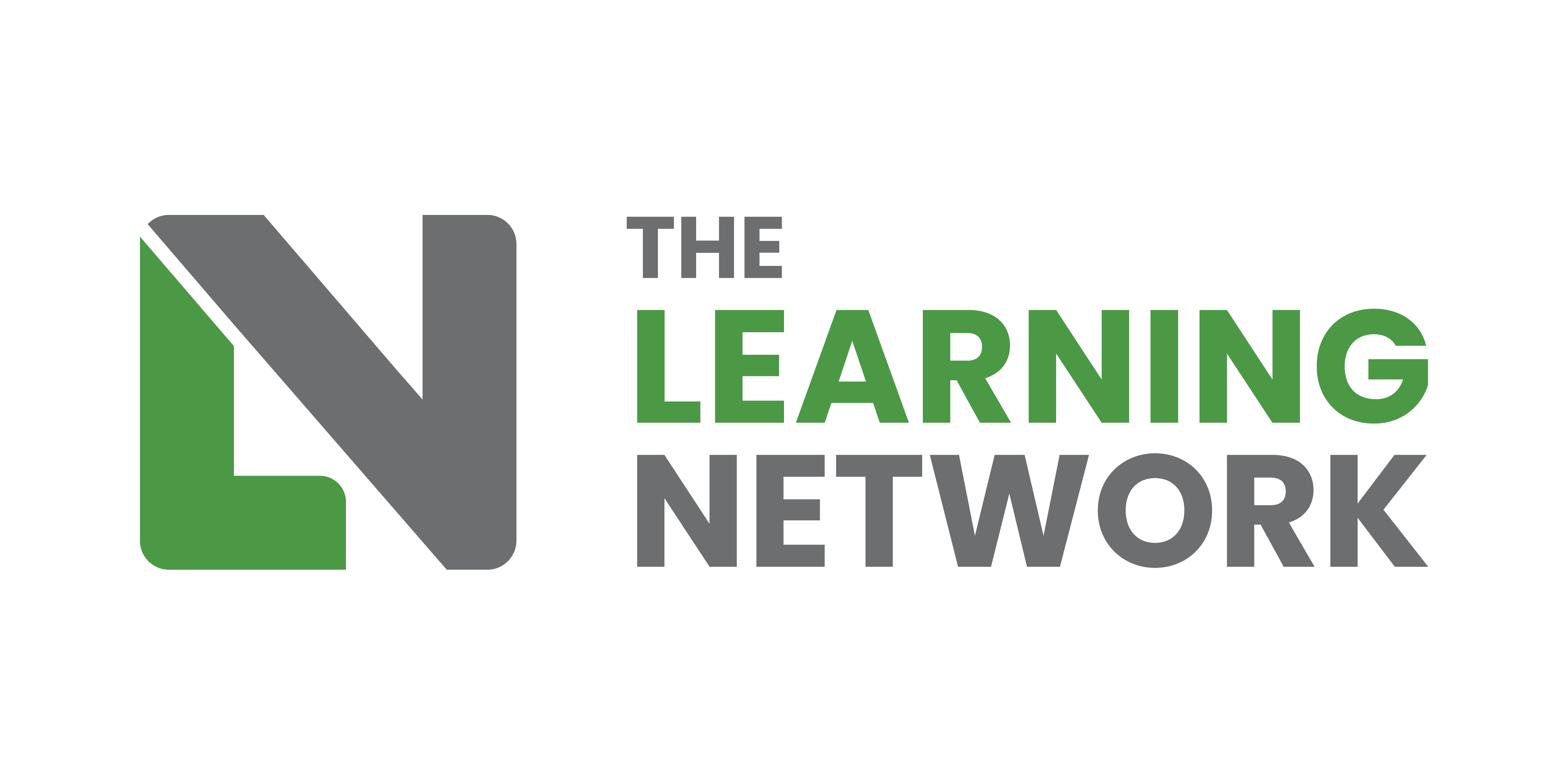By Ben Toone, Learning Network Member
The Learning Technologies Awards Showcase is a great way to meet peers, ask
questions and network. This is the second year I’ve attended.
Whereas VR made a impressive and prominent appearance last year it was ‘soft skills’ and AI which were prominent this year. Through all the entries the golden basics – good, solid ideas, based on research with your audience and then measuring impact after roll out – are still very much there.
Here’s four takeaways I took from the event:
1. Artificial intelligence is making in roads into face-to-face soft skills training
Unsurprisingly, AI made an appearance in last years awards, with a new category, best use of AI in learning. SkillGym’s AI Digital Role Play platform allows people to model difficult conversations in a ‘sandbox’ environment. You could speak directly into your laptop, and the character you were talking to would respond, based on both what you said and how you said it. You’d then get detailed feedback after on where you could improve your technique.
Similarly, the Ms Rose© Adaptive Media Maths Tutorial used AI to support students used facial awareness (scanning from the webcam, though not storing data) to detect ‘maths face’ – that moment when you don’t have a clue how to solve the maths problem. That way the tutor (a virtual Ms Rose) could respond and suggest help, prompts and encouragement.
Both used AI to analyse data (voice or facial expressions) and suggest the pathway to take, so each learners’ experience was unique. Both also found a clear gap in the market and was based on solid user research.
2. Blended learning and physical learning experiences still make an impact: But understand your audience first
There were also some interesting cases studies on making the most of the in both blended and in person solutions.
ACST Blended Learning from FrontLine Communication really understood the need, better interpersonal skills for clinicians, and delivered through a mix of video conferencing with actors and both pre and post course digital content.
Where they won was on their understanding of the need and ability to show impact and ROI.
The gold award winning game to encourage budding civil engineers, CityZen, looked and felt like a game experience that built into the curriculum and allowed for many real world experiences (teaching moments with classes) to come out from it. It also gave me nostalgic thoughts about hours playing SimCity!
Silver award winner for the learning designer of the year Alexei Hnatiw from Solvd Together showcased an impressive portfolio, but what struck out for me was the care he took to gather data and talk to those who would be doing the training. From that they designed some physical games that would work for one audience, and lanyards that he observed were regularly worn by Heathrow staff as a way to have the key training reminders on them at all times.
3. Understanding the business, constraints and really focusing on what moves the dial
The Ms Rose interactive tutorial really spotted a gap in the market, with the UK’s maths teacher shortage and lagging numeracy rates in schools. In another way a close relationship with a long term client can lead to dividends. Schaeffler’s climate change was a blend of real life events , digital, social and collaborative learning, with a strong understanding of the business, outcomes and culture helping them to bring together a gold award winning entry.
4. Bring personality to your entries
Mint Interactive’s Rosie McQueen was probably my favourite showcase of the day, has she showed her portfolio of work with an unabashed homage to 90’s pop culture and styling that not only warmed my heart but stayed in my memory!
If you want to go to the next showcase (please do!) or attend other brilliant Learning
Network events (LN Connect is a must) join the Learning Network.



